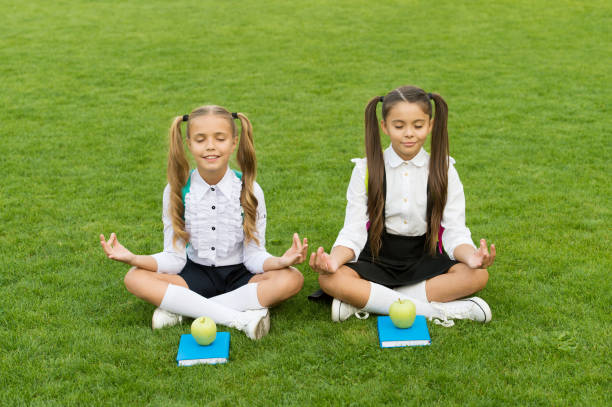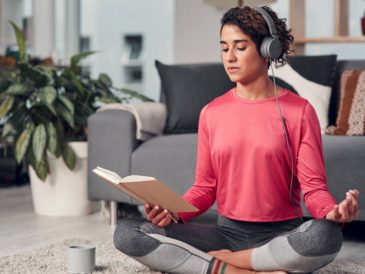Stress in school is a major problem for Australian youth, and it has a negative impact on their mental health and academic performance. Schools must teach students to recognize and manage stress. These skills will benefit them for the rest of their lives.
Adolescence is a crucial stage in which to intervene, as the health-related behaviors established during this time often continue into adulthood.
In the United States, it has been proven that mindfulness-based yoga programs and school-based stress management programs are effective. Australian children would benefit from similar programs.
Australian school kids are highly stressed.
Almost half of Australian students (47%) feel very tense while studying, compared with the international average of 37 %.
Based on the OECD average, 67% of Australian students report feeling very anxious even if well prepared for a test, compared to the international average of 56% (64% for girls and 47% for boys).
In the 50% of young people in years seven to 12 who report feeling moderately to extremely stressed over exams, the number one source of pressure comes from themselves. Coping with stress is a top issue of concern to young people.
Impact of school stress on Australian youth and society
Drop Out
Stress and burnout in school-related academics can decrease student motivation and increase the risk of dropout.
Australian school dropouts earn A$27.500 less per year than those who complete school. Higher education is associated with fewer illnesses and better mental health and wellbeing.
In 2014, Australia lost A$315,000,000 per year to early school leavers. Dropping out of school can have wider social effects, such as intergenerational problems, low academic results, poverty, unemployment, or less participation in politics.
Academic Achievement
Students with low levels of wellbeing in Australia are more likely to achieve lower academic standards. In years 7 to 10, students who experience frequent positive emotions in class have higher levels of engagement.
Stress also affects mental health, which further reduces educational performance.
People with depression symptoms in high school have lower educational achievement and difficulties completing school assignments. They also experience difficulty with self-learning, social relationships, reading and writing, and a higher rate of risky behavior.
Stress and poor stress management can affect students in higher education. It was the most important factor in affecting 83% of Australian undergraduate and TAFE students’ studies.
US undergrads report higher levels of anxiety and stress about exams. This leads to lower grades and performance.
Risky behaviour
In the US, substance abuse has been demonstrated as a major stress management strategy among students in year 11. Students in Canada who feel connected to their school have better health, a higher sense of self-worth, and are less anxious. They also report less smoking and alcohol consumption and the likelihood that they will associate with criminal peers.
Academic resilience and buoyancy increase the likelihood of school success regardless of setbacks, pressure, or stress in the educational setting. Students who are resilient and buoyant can maintain high achievement in spite of stressful events.
Yoga programs can help schools better support their students.
Schools can adapt educational policies and practices in order to meet the needs of students who are at risk of failing academically. According to an OECD study, the stress levels of students are more closely related to the level of support they receive from their teachers and school than to the number of hours spent in class or the frequency with which tests are administered.
In Australia, yoga and mindfulness have become increasingly popular over the past few years. These practices reduce physiological markers of anxiety among diverse populations.
There is no definitive classification of yoga, but common elements are:
- Controlled breathing
- meditative techniques
- Asanas are the physical positions or postures of yoga.
- Mindfulness practice is the act of focusing attention on the present and accepting thoughts, feelings, and bodily sensations in a nonjudgmental manner.
Students who engage in moderate or vigorous physical exercise are less likely than others to feel anxious about their schoolwork.
Studies from India and the US show that mindfulness-based yoga can help improve grades in high school. It also improves emotional regulation, memory, anger management, fatigue/inertia, and enhances mood.
According to qualitative research, yoga can improve self-image, manage negative emotions, and boost optimism. Yoga could increase social cohesion between family members and students and reduce drug and alcohol use, according to students.
Parents can practice mindfulness with their children at home. They can also access online mindfulness programs and apps, like Headspace or Smiling Mind.
According to the available evidence, offering yoga based on mindfulness in schools can help students learn how to manage stress. They may also be able to increase their resilience to stress.




